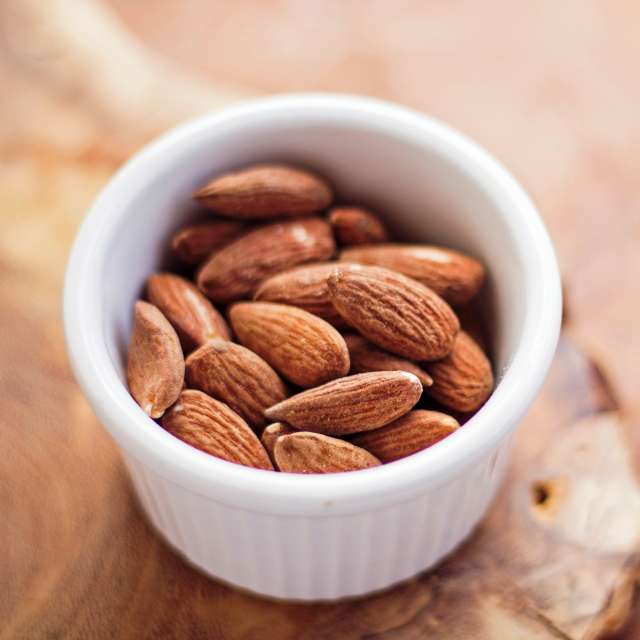
11 Reasons Why You Should Eat More Almonds!
Almonds – A Superfood!
Almonds are a real all-rounder. They are an extremely versatile food, tasty and very healthy. But almonds not only keep us healthy from the inside: almond oil can also be found in many products for external use, such as cosmetics. It is not without reason that almonds nowadays bear the attribute superfood!
Here you will learn about the most important nutrients of almonds and I will present their most important health benefits to you.
So why bother with expensive food supplements when the superfood almond does provide us with so much of what we need for a healthy life as part of a balanced diet?
Where do Almonds Originate from?
The almond tree (Latin: prunus dulcis), originally from Asia, was brought to Europe via Persia over 2,000 years ago. Besides their valuable fruits, these species of trees are renowned for their low demands on the soil quality and a very low water requirement. The abundance of proteins, unsaturated fatty acids, fiber, vitamins, and minerals makes their fruits, the almonds, a superfood in our time.
Their culinary versatility and especially their high nutritional value have led to steadily increasing production quantities since ancient times – globally.
When do Almonds Blossom?
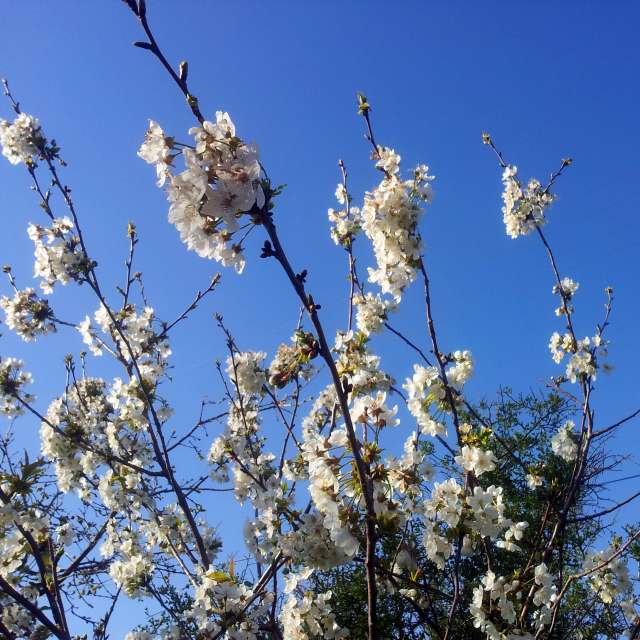

The flowering of the almond tree in the northern hemisphere typically takes place in February. Then the gray-brown winter landscape suddenly changes into a beautiful sea of delicate pink flowers that herald spring. Due to this early flowering period, the fruits of the almond trees, the almond kernels or almonds only mature in regions where this season is already frost-free.
Almonds: Fruit, Nut or Kernel?
Colloquially, the almond is often counted among the nuts. Strictly speaking, it is a stone fruit. Other representatives from this genus are cherries, apricots and peaches. The fruit of the almond tree has no juicy flesh – instead it has a leathery skin. This is also the reason why the almond tree needs very little water. The almond itself is the kernel of the almond fruit, i.e., the seedling of the tree.
The Main Nutrients
In the table below you will find a list of the most important nutrients of almonds, as well as an indication of how a quantity of 100g (3.5 oz, about three hands full) would cover your recommended daily amount.
| Nutritional Value | Content per 100g* | Share of RDA** |
| Energy | 540..580 kcal | – |
| Fat | 50..60 g | – |
| Kohlehydrate | 4..6 g | – |
| Carbohydrates | 20..25 g | – |
| Fibre | 10..15 g | – |
| Minerals | 1..2 g | – |
| Water | 4..6 g | – |
| Vitamins | ||
| Thiamine (Vitamin B1) | 220 µg | 20% |
| Riboflavine (Vitamin B2) | 1 700 µg | 121% |
| Niacine (Vitamin B3) | 4 200 µg | 26% |
| Pantothenic acid (Vitamin B5) | 580 µg | 10% |
| Folic acid(Vitamin B9) | 100 µg | 50% |
| α-Tocopherole (Vitamin E) | 26 000 µg | 217% |
| Minerals | ||
| Calcium | 260 mg | 33% |
| Iron | 4,1 mg | 29% |
| Potassium | 700 mg | 35% |
| Magnesium | 170 mg | 45% |
| Manganese | 1,9 mg | 95% |
| Phosphorous | 450 mg | 64% |
| Zinc | 2,5 mg | 25% |
| Others | ||
| Polyphenols | 190 mg | – |
| Salicylate | 3 000 mg | – |
*) Figures correspond to typical values for raw, unpeeled, dried almond kernels. Actual values may vary depending on the variety, cultivation method, climate and soil conditions.
**) Recommended values for daily intake according to EU Directive 2008/100 / EC of October 28, 2008
Why are Almonds so Healthy?
I know a lot of people who just eat almonds because they taste so good. I am one of them.
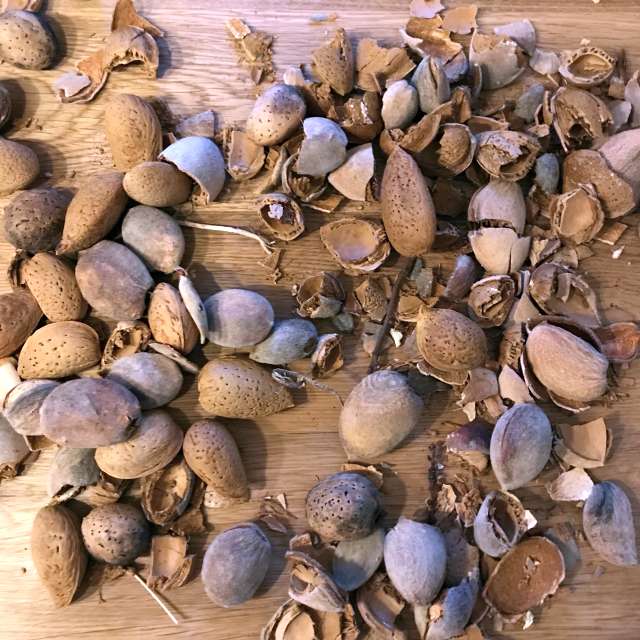


However, if you take a closer look at the nutrients of almonds, there is a whole universe of health benefits that result from eating them. Nonetheless, very few of us can directly interpret the information from the table above or even draw conclusions for the consequences for our health. To help out, I am going to present 11 reasons why you should eat more almonds.
Healthy Intestinal Flora
Our diet is largely responsible for the health of our intestinal flora. Almonds provide a lot of fiber, healthy fats and essential nutrients that support the development and maintenance of healthy intestinal flora. A prebiotic effect has been demonstrated in almonds. This means that their consumption promotes the growth of healthy bifido and lacto bacteria, while pathogenic (i.e., harmful) bacteria are suppressed. This benefits digestion along with the immune system.
Slow Down Aging
Almonds are rich in natural antioxidants in the form of vitamin E and zinc. The brown skin of the almonds is also rich in polyphenols. For not losing these valuable substances, you should eat almonds unpeeled and raw.
Antioxidants catch free radicals in your body that are generated by various metabolic processes and attack our cells. In this way, the almonds protect their own nutrients – especially the unsaturated fatty acids – but of course also those that are already in our cells after consumption. This catching of free radicals keeps us young and crisp: The immune system, nerves, muscles, skin, hair, heart and circulatory system are protected and the loss of vision in our eyes is slowed down.
Strengthening of Bones
Almonds are rich in minerals. Their natural ratio of calcium to magnesium ensures that both minerals are optimally absorbed by the human organism. Almost all the calcium ingested through food is needed by our body for the growth and maintenance of bones and teeth. The regular supply of calcium and magnesium as well as the trace elements manganese and zinc can help to strengthen the bones and prevent diseases such as bone loss (osteoporosis).
Lowering of Cholesterol Levels
Eating unsaturated fatty acids can help lower the level of “bad” LDL cholesterol in the blood. The antioxidants vitamin E and zinc contained in almonds protect the blood vessels at high cholesterol levels: LDL cholesterol may oxidize in the blood and then gradually build up on the walls of blood vessels.
So, while almonds protect our veins from bad cholesterol, they even help to lower LDL cholesterol levels.
Lowering of Diabetes Risk
Studies have shown that eating almonds can have a positive effect on blood sugar levels. Their high levels of unsaturated fatty acids and fiber prevent the blood sugar level from rising too high after meals. Their protein content increases the body’s GLP level, an intestinal hormone that sends satiety signals to the brain and at the same time stimulates the pancreas to produce insulin. This leads to a longer lasting feeling of satiety and a balanced blood sugar level.
Lowering of Blood Pressure
Magnesium and omega-3 fatty acids relax the muscle fibers on the walls of the veins, which thereby expand and remain elastic. That lowers blood pressure. Dietary fiber and potassium also lower blood pressure. Thanks to the combination of these constituents, the daily consumption of a handful of almonds has been proven as an effective means for lowering blood pressure in various studies.
Reduction of Heart Attack Risk
The proven ability of almonds to lower cholesterol and triglyceride levels, to improve blood sugar control, to lower blood pressure and their antioxidant effect lead to the conclusion that a regular consumption of almonds also reduces the risk of cardiovascular diseases.
Pain Relief
Almonds naturally have a high salicylate content. Another acquaintance from this group of substances is acetylsalicylic acid, which is found in commercial painkillers. Salicylates serve as a natural preservative for almonds. Already 10-15 kernels contain about as much active substance as, for example, an Apsirin® tablet. Therefore, eating almonds can help reduce fever and relieve headaches in a natural manner.
Relieving of Hang Overs
Thanks to their high mineral content, almonds are ideal for bringing missing minerals balance back into the body during or after a rather merry evening. Combined with their analgesic properties, almonds can help relieve your next hangover. They are also an alkaline food that helps to neutralize the organism from acidic degradation products of alcohol consumption.
Beautiful Hair
Our hair can also benefit greatly from a multitude of constituents inside of almonds.
Contained vitamin B3 (niacin) strengthens the hair structure, regulates the production of sebum, protects the scalp from inflammation and coordinates metabolic processes in the hair roots.
Vitamin B5 (pantothenic acid) from almonds promotes the formation of pigments in the hair roots and thus delays the graying of the hair.
Their content of folic acid (vitamin B9) improves the oxygen supply in the hair roots and thus counteracts hair loss. The antioxidant effect of vitamin Eprotects the skin and hair from negative environmental influences such as UV radiation. It prevents split ends and at the same time promotes hair growth.
One of the most common causes of hair loss is deficiency in folic acid, iron or zinc This may be prevented by eating almonds regularly. Zinc also gives the hair moisture and shine.
Finally, omega-3 fatty acids contained in almonds provide moisture and elasticity for skin and hair.
Skin Care
Almonds not only taste good, but are also ideal for external use, especially for skin care: Almond oil is known to be very mild and moisturizing. It can therefore be found in many natural cosmetic skin care products as well as massage oils. The palmitic acid contained in almond oil protects the skin, while its linoleic acid keeps it soft and smooth.
Tips for the Effective Consumption of Almonds
An almond kernel typically weighs between 1.0 and 1.2 g. Most of the effects described here start to be noticeable with a daily consumption of a handful of almond kernels (approx. 25-30g or 1 oz). With this amount, you take up energy of around 150 kcal, which corresponds approximately to the amount of energy from a glass of fruit juice.
You can either nibble the almonds as whole or chopped kernels or enjoy them in the shape of almond butter.
Due to the increased fiber and polyphenol content, the consumption of raw unshelled almonds or dark almond butter is particularly advantageous. Heating and especially roasting decomposes some its nutrients.
Raw almonds can be enjoyed very well as a snack – also in combination with other nuts or dried fruit. Whole or chopped, they are an ideal addition for cereals, bowls or salads.
Almond butter is suitable, for example, to produce your own almond milk, as an addition to smoothies, dips and desserts or may simply enjoyed as a spread.
Conclusions
In summary, the regular consumption of almonds can have a very positive effect on our health, well-being and appearance. The nutrients contained in almonds can support and even improve the health of a large part of our body.
At Mas Baillette in southern France, we are producing almonds from old varieties in extensive organic farming and dry culture.



If you are interested in trying our almonds, just subscribe to our newsletter! With this we keep you up to date on seasonal offers!
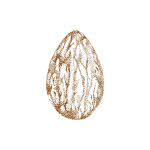



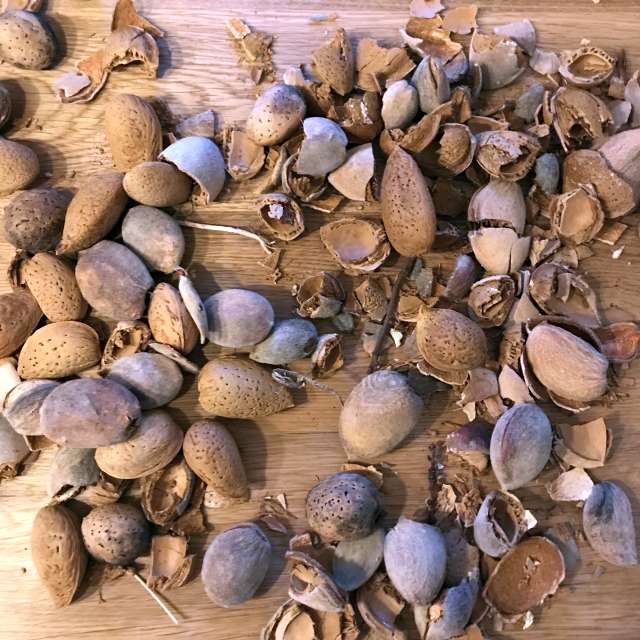

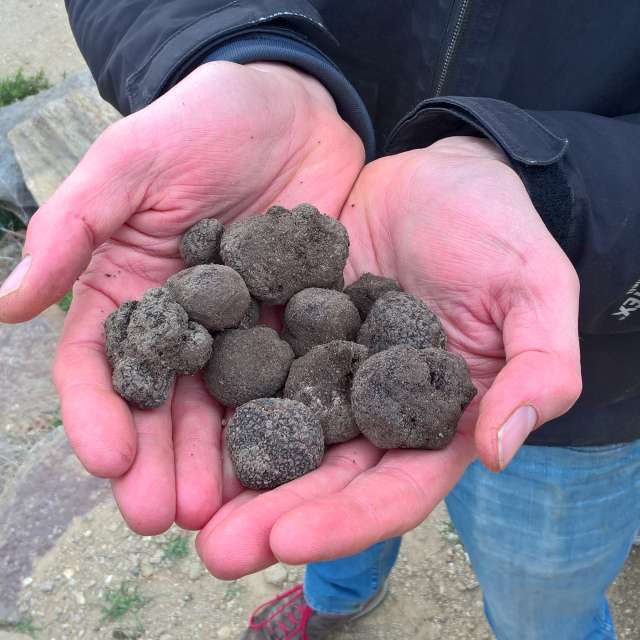
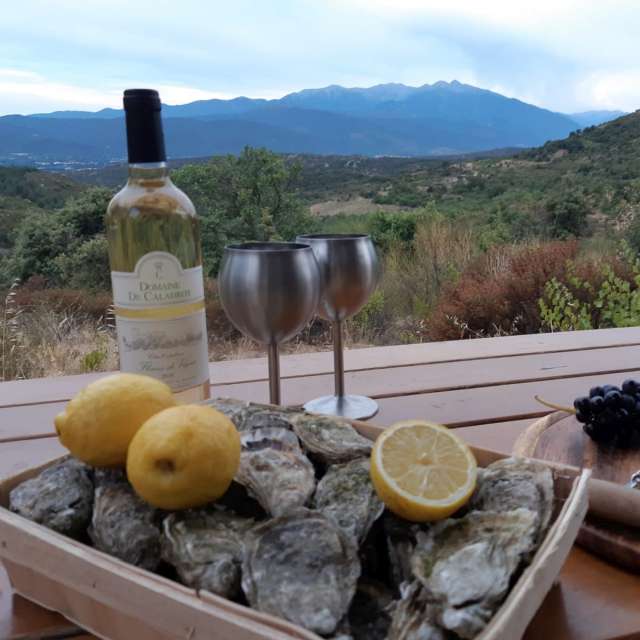
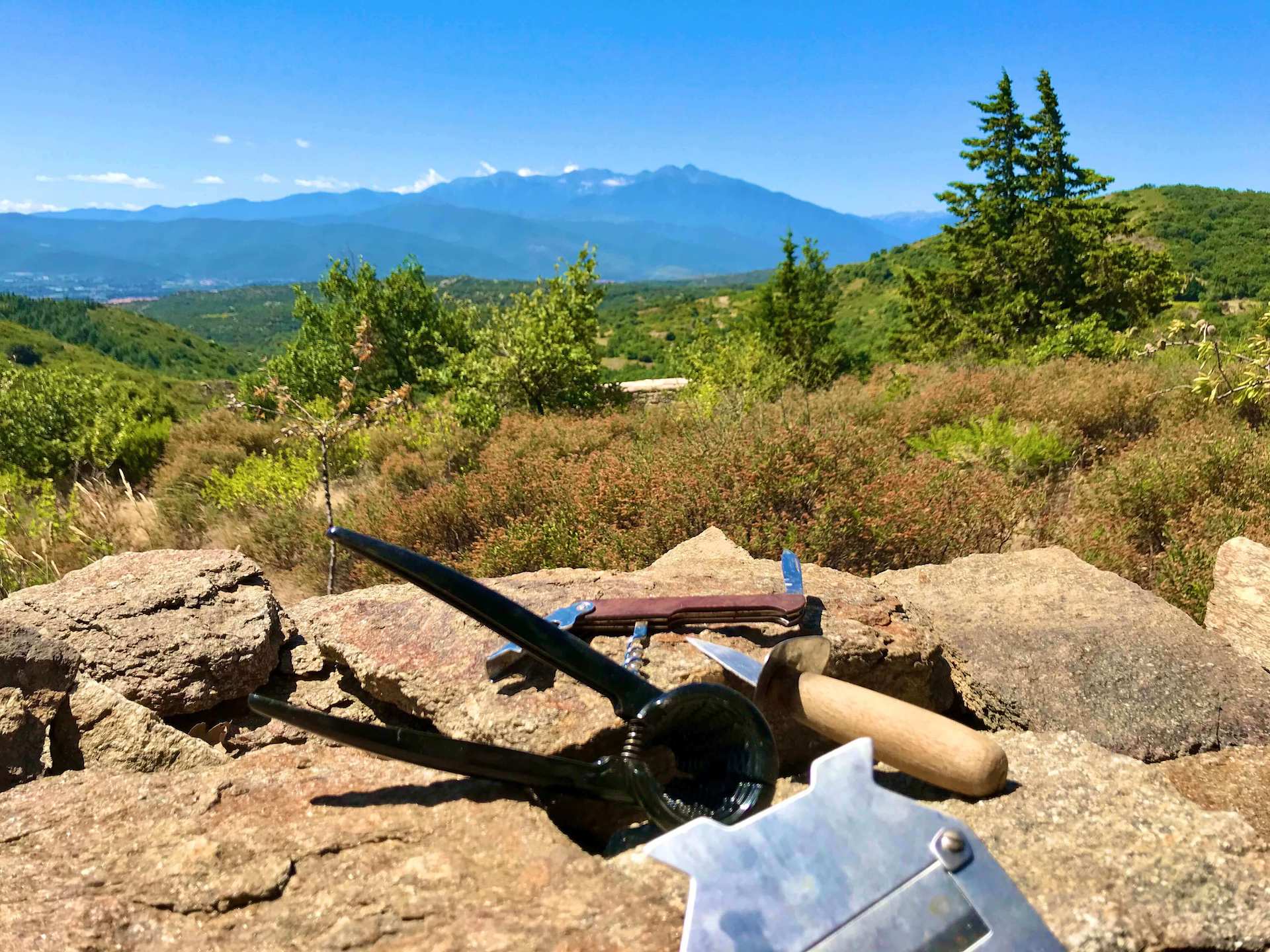
Recent Comments